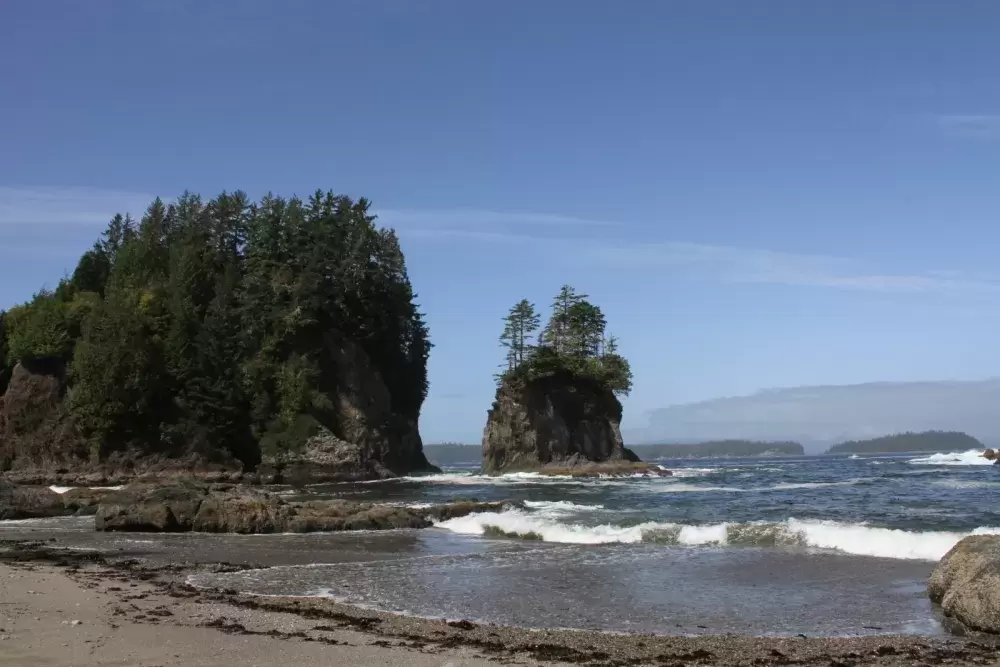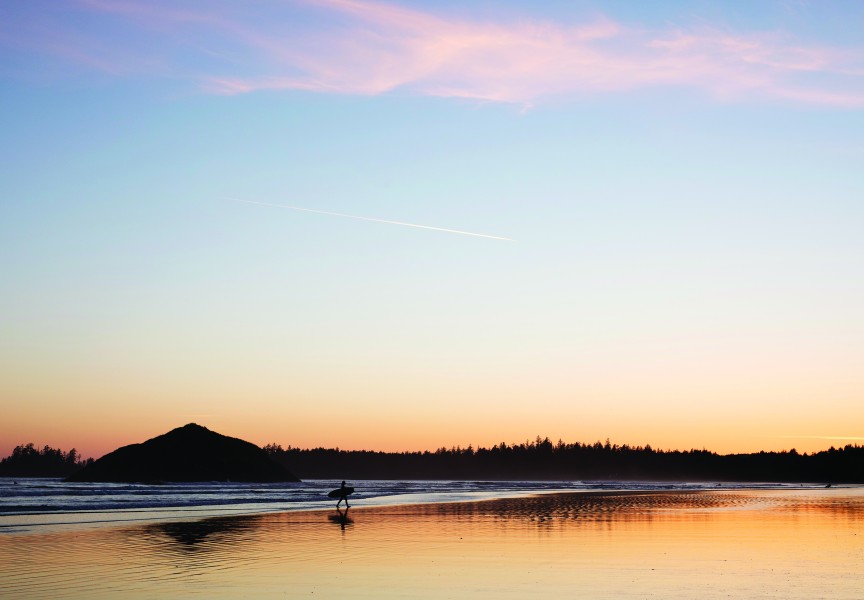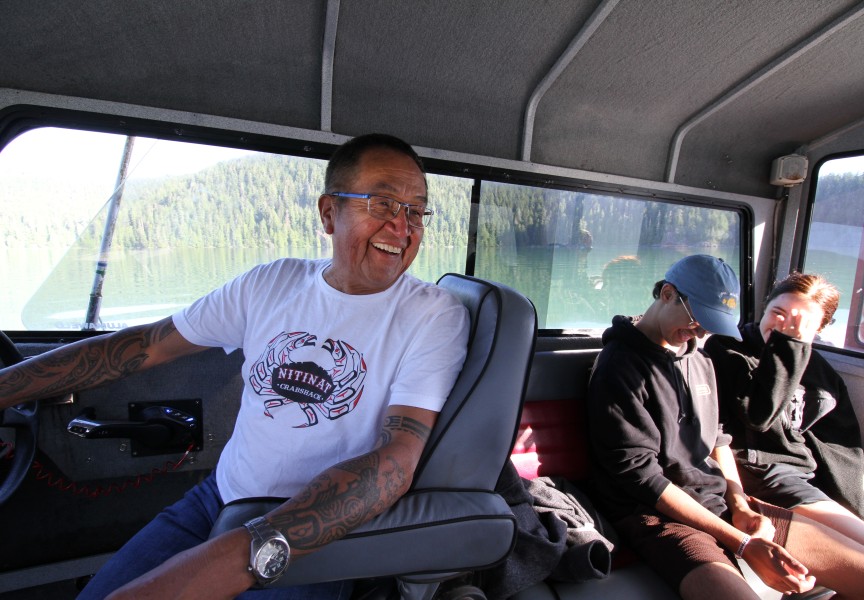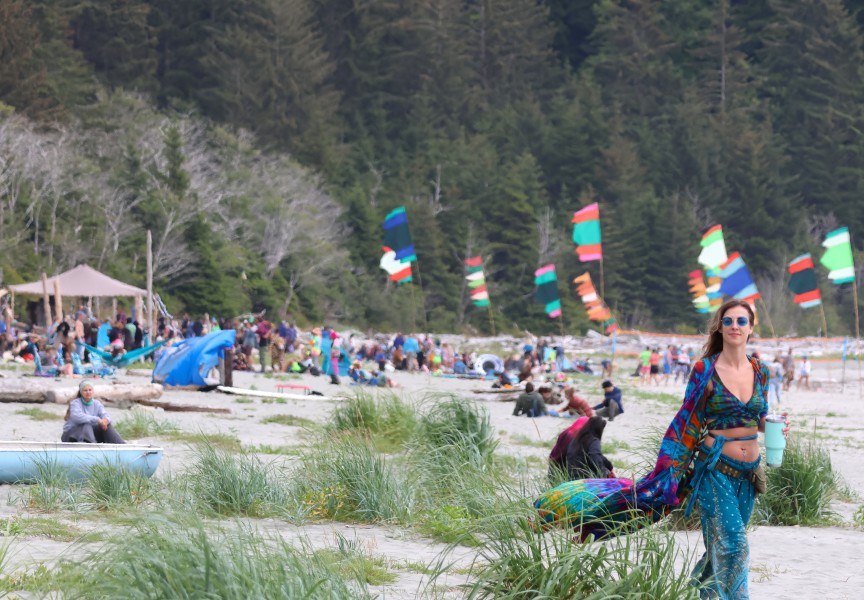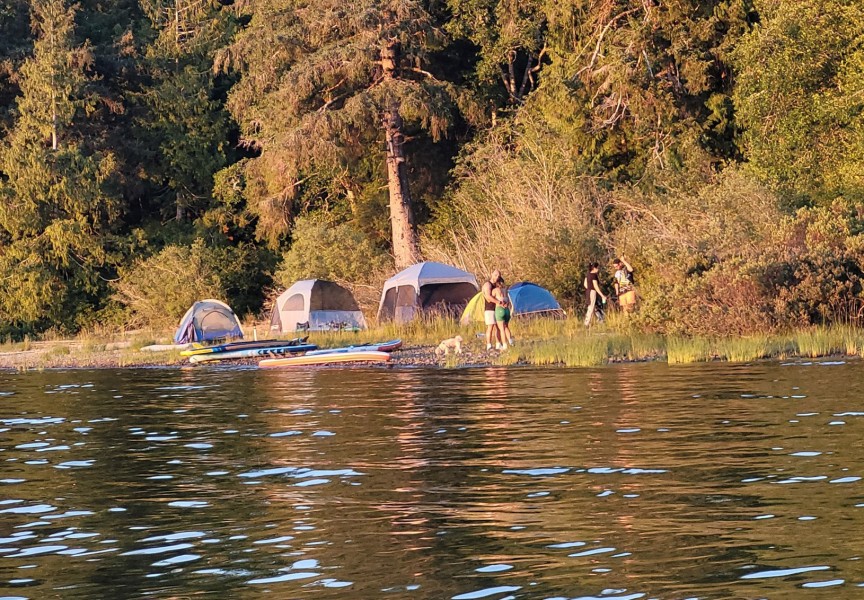Keith Henry is much more upbeat now than he was just a few months ago.
Henry, who is the president and CEO of the Indigenous Tourism Association of Canada (ITAC), was rather gloomy this past September.
At the time he said research indicated it would take until 2028, and possibly even 2030, for the country’s Indigenous tourism industry to recover to pre-pandemic levels.
But on Monday of this week, ITAC officials put out a press release updating their forecasts. They now believe if they can get federal representatives to buy into and fund their latest strategy and plans, then the Indigenous tourism sector across the country can fully rebound from the pandemic by 2025.
While that is positive news for all those in the industry, Henry, who works and lives in Vancouver, said that should especially be great for Nuu-chah-nulth business tourism operators. That’s because Henry is confident Nuu-chah-nulth tourism businesses are capable of thriving again in the near future.
“They’re beautiful communities,” Henry said of the tourism offerings available on Nuu-chah-nulth lands. “There’s amazing wildlife viewing, there’s of course sportfishing, there’s adventure tourism. There’s such a large market for that particular kind of visitor, whether its within other eastern parts of Canada or the US or somewhere else.”
Henry is confident Nuu-chah-nulth businesses will play a vital role in the Indigenous tourism recovery.
“These are beautiful landscapes, beautiful areas and beautiful territories,” he added. “And I think they have so much more potential to offer to make Canada a world-class Indigenous tourism destination. We’ll continue to support that development.”
The industry recovery plan ITAC officials released on Monday requires a $65 million investment over the next three years.
Henry is hoping the majority of that funding will come from the federal government. ITAC officials are now waiting to see how much funding they will receive when the 2022 federal budget is unveiled, likely in April.
ITAC is also hoping to secure funding from other sources, including the private sector.
Prior to the pandemic, the fact Indigenous tourism was increasing substantially across the country was evident by the fact its GDP increased from $1.4 billion in 2014 to almost $1.9 billion in 2019.
But in less than two years since the pandemic started having an impact across the country, almost 70 per cent of Indigenous tourism GDP was lost.
Henry believes with ITAC’s latest strategy, and if all requested funding is indeed secured from various sources during the next three years, a full industry recovery by 2025 is feasible.
Henry said the fact his association has a much rosier outlook now than it did last September should be encouraging to all, including Nuu-chah-nulth businesses.
“People see it as reason not to give up,” he said. “I think the sentiment is there. They see there is hope for the future and that there is a national body trying its best to continue to stabilize.
“I remain confident that despite these challenges we see a strong future right now. I think we’ll get past this fifth wave and whatever wave comes ahead of us. I think it gives everyone the long-term vision that we can rebuild by 2025.”
Henry is obviously ecstatic an industry recovery will not take as long as 2030, which was feared just a few months ago.
“We weren’t saying that a year ago,” he said. “We believe that now, after more research, watching the results of what happened in the summer of 2021 when we could really push and market Indigenous and sell Indigenous tourism businesses that were open.
“And then to our pleasant surprise, many nations have acquired new companies and new businesses in tourism, so we know we’re in a different position this year for sure.”
Henry added he is confident that with federal funding, the Indigenous tourism industry can once again be a booming one.
“We believe we are really going to be able to market aggressively domestically and back into the U.S. and back internationally, which is very important for British Columbia and especially coastal Indigenous tourism businesses,” he said.
“This strategy lays out a clear plan of actions. The tactics in marketing and development will be very important for business development for the nations that will be looking to increase or for the entrepreneurs looking to rebuild as fast as possible.”
As was the case in 2021, Henry said ITAC will continue to waive membership and marketing fees for its members this year.
“Those businesses that are on the coast that are up and running can really participate in, for example, Canada’s largest marketing show,” Henry said. “That’s how you’re building those customers for the future. And I really feel strongly that this plan will give people a lot of marketing and development support in ways that they hadn’t thought about before.
“We’re really providing a lot of on the ground support, to make it as supportive for those businesses as possible.”

